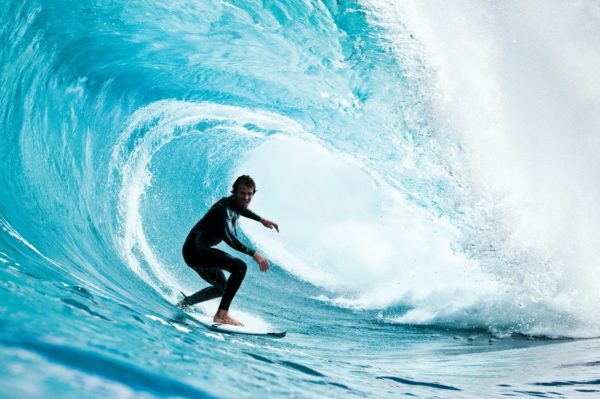
Some Knowledge Might Save You
There Are Different Types Of Waves
What Makes a Great Surfing Break
Whether you are an expert surfer, or you are on vacation looking to take a surfing lesson, you have probably heard of surfing breaks, which are objects or permanent obstructions that form a barreling wave or other waves that can be surfed. Surfing breaks create the types of waves that form on certain beaches. These breaks are usually created by reefs or other rocks and formations that cause the waves coming to break. As a result, the waves produced are ideal to surf on. Different kind of surfing breaks will create different types of waves suitable for all surfing skill levels. A great surfing break will depend on your skill level and what type of wave is produced.
Here are some common types of surfing breaks:
Beach Breaks are created as waves break over a sand bottom. Because sand bottoms change frequently over time, the types of waves will also vary. Some sand beaches are relatively stable/. and will produce consistent types of waves. Some notable beach breaks are Puerto Escondido in Mexico, Supertubos in Portugal, and many of the beaches in in England and Wales.
Reef Breaks
Reef Breaks produce waves when the reef breaks waves over a rock bottom. The seabed is relatively permanent, so the line-up is dependent on the the size and direction of the swell. Some of the most famous surfing breaks are classified as reef breaks such as the Banzai Pipeline, known as “pipeline” or “pipe” produces some of the biggest waves. Known as the world’s deadliest wave, the average wave can be 9 feet or higher and should be left for the experts.
Point Breaks:
A point break occurs when lines of swell hit a stretch of land at a perpendicular angle, breaking along the land instead of directly at it. The waves produced by point breaks generally peel longer than other types of breaks. Theses are ideal for intermediate surfers.
Sources:
Surf Breaks – Wikipedia
Book Your Surfing Lesson





Follow Us!